Frozen Lake in Canada, From the LMAC Image Library
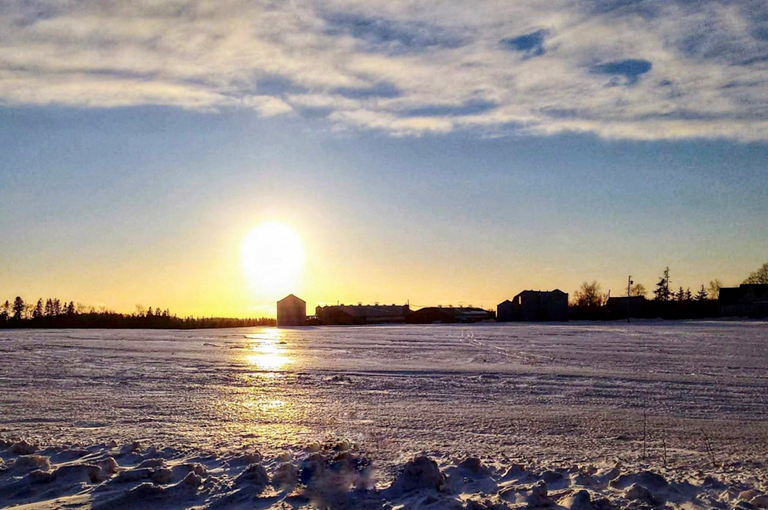
Photo credit: @redheadpie
Extracts from Women of Western New Brunswick

Mother had no idea of the vastness of the land and had never seen so much forest. She thought the trees would never end on the long train ride to McAdam
From the essay, Catharine (Kay) McAndrew-Coolicott, by Joanne Collicott McGuigan.

Things got a little easier for Mother with indoor plumbing. A pipe extending three hundred feet inside Scott Mountain brought cold water to the kitchen sink and was replaced by a set of taps offering both cold and hot water.
From the essay, Florence McGillicuddy-Murphy, by Anne Marie Murphy, her daughter
Women of Western New Brunswick is a compilation of experiences. The women featured all lived in New Brunswick, Canada, at some point in their lives. Many of them lived in or near Canterbury. Some of their lives were brief. Some were long. All had challenges, at times severe.
Canterbury, New Brunswick, Canada: Main Street There are 22 contributors to the book, in addition to the author, Anne Murphy. Almost all the contributors are women. One of those contributors is Hive's very own @redheadpei, who lives on Prince Edward Island, Canada. Picture of the Book Cover Ms. Murphy explains in her introduction that the women profiled came from diverse backgrounds, "all walks of life". Death was a frequent visitor. Children died of diphtheria with cruel frequency. And tuberculosis robbed families of young and old members. Food was sometimes in short supply, electricity not always a given. Money was often wanting and husbands left families for long periods at times to earn an income in distant locations. Despite the hardship experienced by many, there predominates overwhelmingly a spirit of courage, and love. The profiles are drawn with such tenderness, respect and admiration that reading the book is inspiring. There are consistent influences and themes in the book. Several of the women became teachers, at an early age--some as early as 17. There was WWII, which loomed large in many lives. Some fought and came home. Some went to war and did not come back. Then there is the proximity to the U. S., with easy excursions to Maine. There were times of temporary residence in Maine and then a return to Canada. Map of Canada/US Border I took particular interest in the early years of New Brunswick's history. Many of the settlers traveled to the province at the end of the American Revolution. These 'Loyalists' had never signed on to the cause of the war for independence, and after the war had property confiscated in the U. S. Some even faced criminal prosecution. These Loyalists were offered help to resettle in Canada. Among these settlers were families with the name 'Deveaux', or 'Devoe'. One of my ancestors was named Devoe. It is possible that some of my distant relatives live in New Brunswick today. One of the essays in Women of Western New Brunswick relates the story of a Loyalist, Hannah Ingraham, who settled in New Brunswick: The government of what would become New Brunswick the following year provided the new settlers with a tent, flour, butter and pork. With the coming of the first snow, the Ingraham family moved to more permanent quarters, "four walls and a roof." Hannah is quoted as saying as she settled in her new house, "Thank God we are no longer in dread of having shot fired through our house." The Coming of the Loyalists Women of Western New Brunswick is rich in personal narrative and it is also rich in history. This book is a treasure. There is no intermediary, no analyst or reporter to filter our understanding of the events and people described. The profiles have the truth of immediacy and personal testimony. This for example: Then it was commonplace for parents to accept a grandchild and no one knew the difference. After her death, many people, including my father, told me Pauline was not his sister but his mother. Or this piece, Living off the Land: "Everything that could be made on the farm was....nobody had any cash. Every family had big gardens and canned produce for the winter...Each kid would be given...a tomato soup can--of kerosene. 'You have to get every bug in those two rows into your can,' my mother might tell me. We had to do this over and over". Voices from the past reach across the years and tell the stories of a place and time, of individuals--those voices transmit history in its most genuine form. Wood-burning Iron Stove, Typical of Stoves Used by Early New Brunswick Residents Toward the end of the book there appears an essay entitled Cecilia Adelia Van Tassel-Veysey, written by Lawrence Farrell. The relationship of Mr. Farrell to Ms. Van Tassel-Veysey is not clear, but his depiction of her particular struggle is memorable. As may happen in families across the world, the husband in this marriage was violent and terrorized his wife. The portrait of this woman is a different sort of profile in courage. The essay is a valuable addition to the book because it represents a reality lived by many women in New Brunswick and elsewhere. Conclusion This book is the sort that one can pick up and put down when time permits. The stories of the women are addictive, though, and one is more likely to pick the book up and not put it down. I related to the individuals profiled. Of course, I am a woman. That's a good beginning. But there is more. New Brunswick is located entirely on the Appalachian Mountain range. I lived further south, in the foothills of that range. The first cake I ever baked was made in a stove that looked very much like the iron stove pictured above. My brothers chopped wood and my mother stoked the fire in the stove--the only source of heat in our Hudson Valley home. My mother had the grit demonstrated by so many women described in the essays. This is a great, relatable book. I highly recommend it. The book may be purchased on Amazon in paperback, for $16.24.
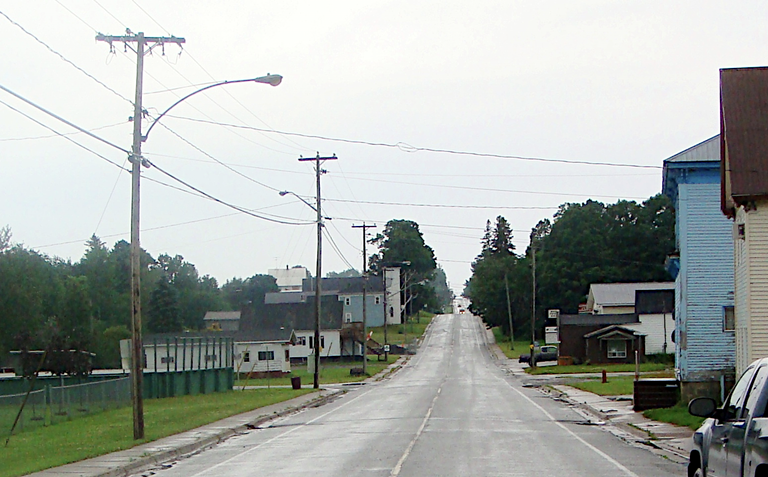
P199 on Wikimedia. Licensed under CC 1.0.
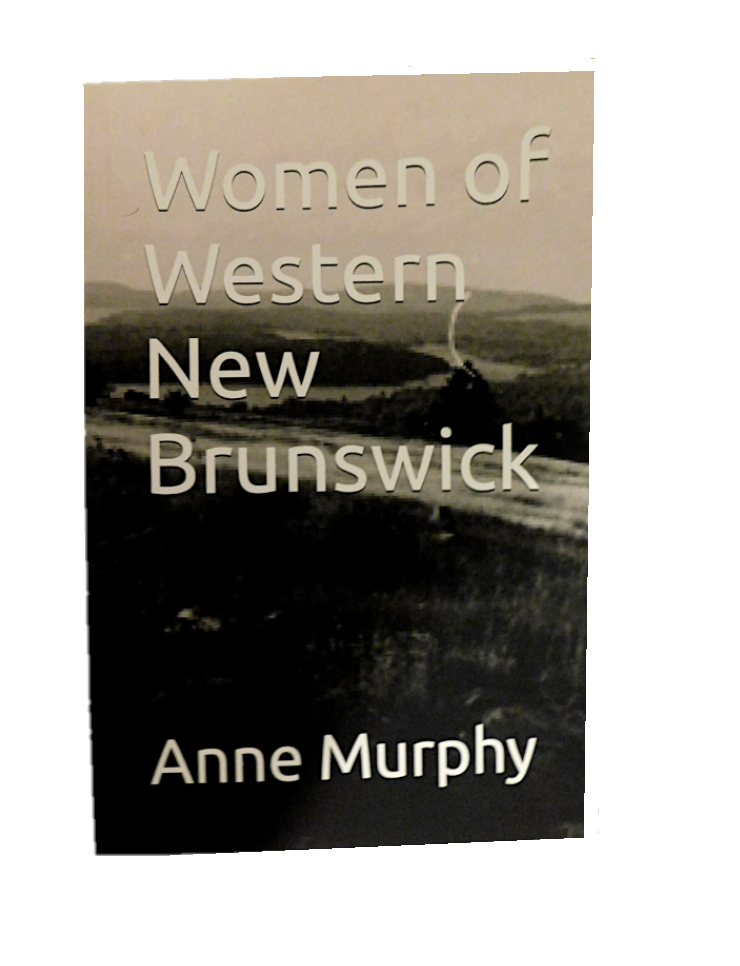
I took this shot of the cover last night
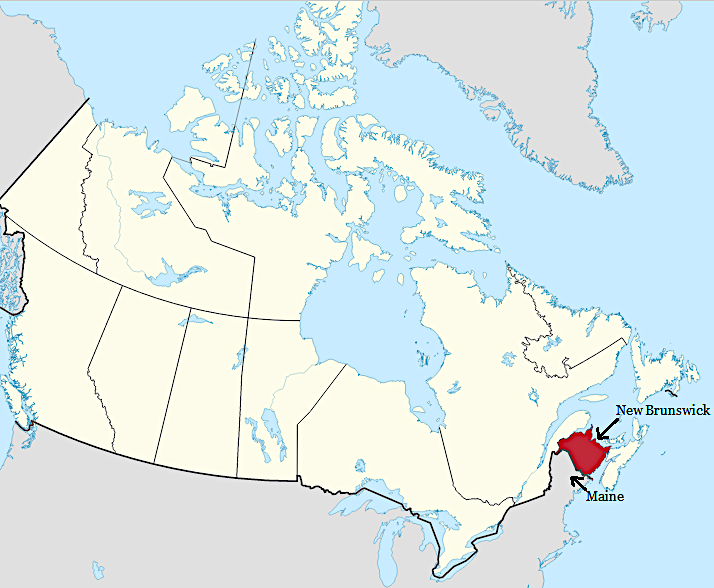
Mapgrid. Used under Creative Commons Attribution-Share Alike 4.0 International license.
From the essay, Hannah Ingraham. Ms. Ingrahm was an ancestor of the author, Anne Murphy.
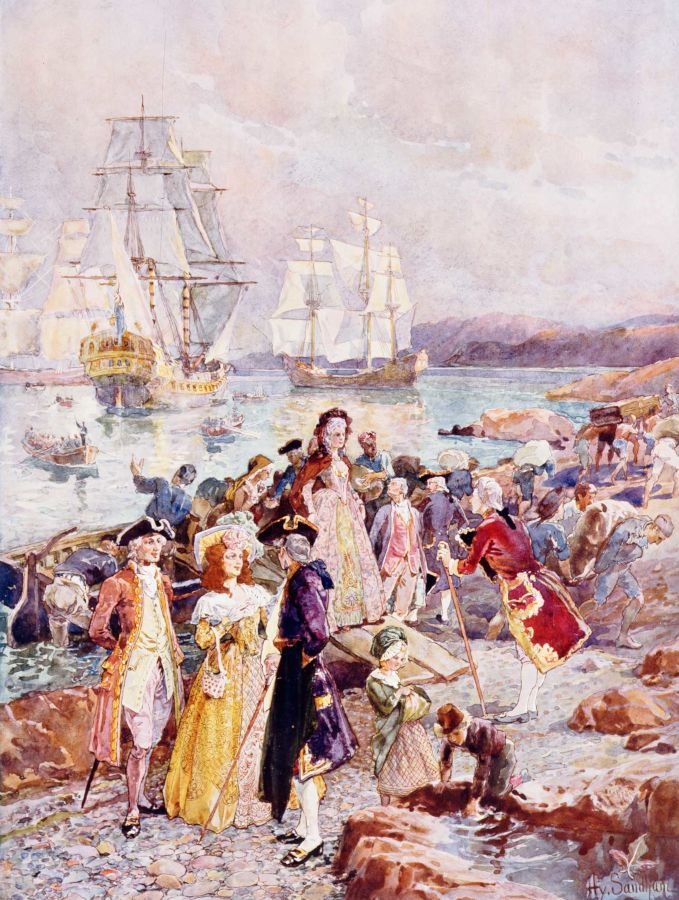
Oil by Henry Sandham (1842-1910). Credit for image: Black Loyalists in New Brunswick. Public domain
From the essay, Pauline Collicott-Atherton: Advocate for Animals, by Joanne Collicot McGuigan
From the essay Madelyn Stairs-Crawford-Perkins, by Barbara McGillicuddy Bolton
Victorgrigas on Wikimedia. Used under Creative Commons Attribution-Share Alike 3.0 Unported license
292 pages.
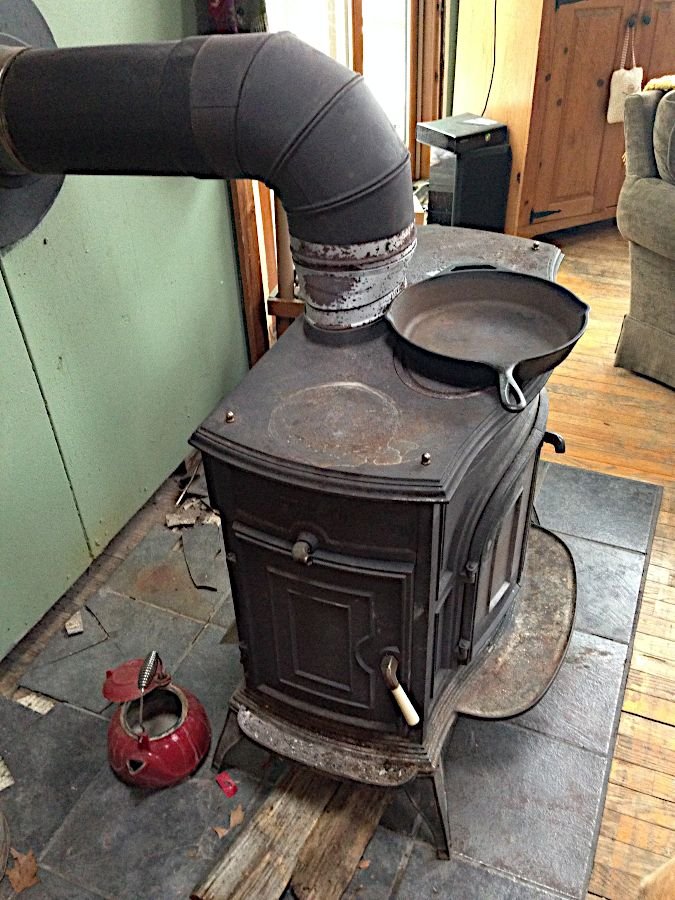
You are amazing! What a wonderful review of the book, A.G. @agmoore. Although no luxuries or services to help women like today, there is a powerful and emotional connection in their stories.
Anne will love your review. She is not on Hive but I will copy it for her.
Thank you for this, my friend. ♥️
Hello dear @redheadpei,
This week, for the first time in many years, I took a flashlight into bed and tried to read under the covers as my husband slept. That book was hard to put down.
The contributors all had engaging voices (so genuine) and the stories were gripping. I did see my mother in some (many) or the women. From feeding the fire, to hauling water in a pail, even to scrounging so there would be food on the table. People really are the same the world over, especially mothers.
I'm very happy you liked the review. It was pleasure to write. Hope the rest of your week is great.
♥️
Dear A.G @ agmoore.

This is the reply from Anne Murphy. She wanted me to send it on to you. I copied and pasted it in here.
What a lovely, gracious response. Thank you, friend @redheadpei.
I'd like to respond, if you would share this with Ms. Murphy:
Dear Ms. Murphy,
Thank you for your gracious comment. So many points in your note strike me. I am also a scribbler. Writers are a distinct breed, with great respect for each other and the effort that goes into our work.
A few years ago I got the book publishing bug. I wrote and wrote, almost without stopping to take a breath. I recovered from that phase, but retain a great regard for and understanding of other writers.
It is a gift to all of us that you have published these life stories. More than that, it is a gift to the contributors. In less sophisticated times, community members would sit around a fire and tell the stories that mattered to family and friends. Tradition was nourished and passed on. Your book serves that function. Contributors are able to tell the stories that matter to them, that help to define their place in time.
Thank you for all the time and effort it took to solicit the stories, to compile them and publish them. I truly did enjoy this book and will be reading it again.
Fascinating accounts of this women living in a really extreme place (weather wise). There is so much rich history out there that hasn't been explored. One lady of really advanced age now (96) told me that they used to travel by horse drawn carriage and in Winters, they used to bring hot coals to keep their feet warm.
Thank you!
That is the value of these personal accounts. I think a book like this will be a valuable resource for historians in the future as people die and these experiences became part of the distant past.
I remember when I was young, during winter, the only heat in the house came from the cast iron stove. We would all move downstairs into two rooms. My mother would get up in that frigid house and start the fire in the stove. When she woke us, she would have our clothes warmed from the oven and we would dress while we were still under the covers.
The stories in the book were of course about a different place and time, but I did relate.
Amazing! We take so much for granted. Even the easy access to information. You found a way to deal with a cold environment that was likely unique to your family, as there was no Youtube or Facebook to share 10 tips for staying warm in winter without a heater. 😄
😆
Rule #1: Have a really great mother 😇
As always!
A New Brunswick winter could get quite cold. I heard stories of how people put hot stones in the carriage to keep warm. Large rocks would be heated in the oven of the wood stove and could also be put in the bed for warmth. Hot coals would be a bit dangerous. 😊
Maybe it was stones! I was going to put the word in brackets because it was at the back of my head. I love those old stories so full history.
Never seen anything like that. It's old but looking strong as old is gold.
The stove in the picture looks a little beat up. The one we had in our house was larger (unless I remember it that way because I was a child), and less beat up. But, as you suggest, a real workhorse. It did the job.
Thanks for commenting.
I think the only people who will be familiar with this stove are those who are very old...
Why is the age of the stove what you recall from that long blog??
The things and machines of the old days are not working at all like they used to be, they were much more special, stronger and worked much better and it looks much more beautiful.
The things and machines of the old days are not working at all like they used to be, they were much more special, stronger and worked much better and it looks much more beautiful.
That's what you got out of the blog about these amazing women?
Everything is of old. Only few with still be familiar with it
I don't understand how this relates to the blog
Sounds super interesting, great review to show everyone a taste of said book.